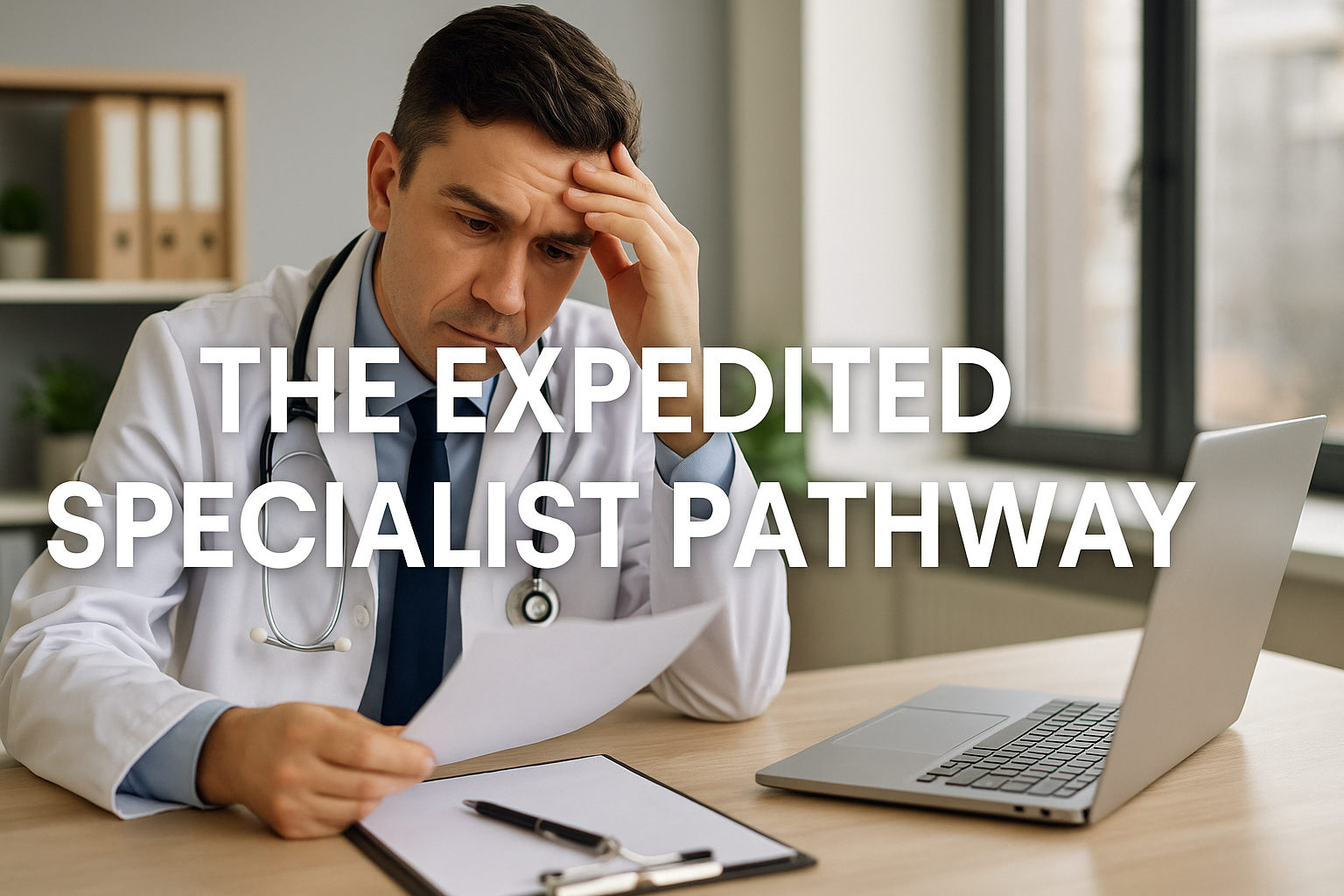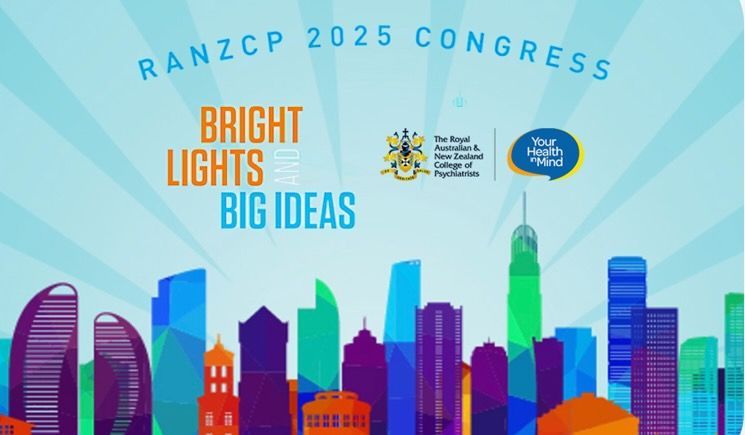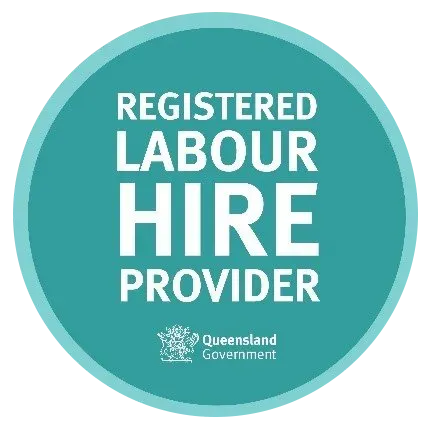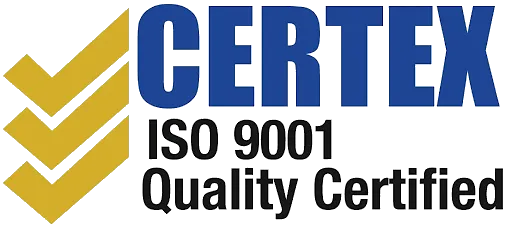Australian visa changes: what it means for hospitals and medical practitioners (subclass 482 | tss)

What It Means for Hospitals and Medical Practitioners
Subclass 482 / tss visa changes
The federal government’s latest round of changes to the skills sponsorship 482 visa has a major impact on hospitals and medical practices who need to sponsor doctors.
The biggest impact other than the delay/confusion created by the LMT is the Skilling Australians Fund (SAF) levy which creates a huge cost burden to the client.
It makes sense that Hospitals and practices think outside the box and not necessarily nominate visa applicants for the full 4 years where the medical practitioner could obtain PR shortly after arriving. 2 years would be good for Medical Practitioners in this scenario. Medical Practitioners over the age of 45 should apply for 4 year visas to enable them to take advantage of the Age Waiver through the Employer Nomination Scheme (ENS). This will come into effect after the 3-year anniversary of employment with an employer meeting one of the following scenarios:
- they are nominated as an academic (university lecturer or faculty head at Academic Level B, C D or E) by a university in Australia
- they are nominated as a scientist, researcher or technical (scientific) specialist at ANZSCO skill level 1 or 2 by an Australian scientific government agency
- as a subclass 457 or TSS visa holder, they have been working in the nominated occupation for the last 3 years and your earnings were at least as much as the Fair Work High Income Threshold in each year over that period
- they are a medical practitioner who has worked in the nominated occupation for at least 3 years as a 457 or TSS visa holder. For two of those years they were employed in regional Australia. The nominated position is in regional Australia
Medical Practitioners who applied for or held a 457 visa prior to the 18th April 2017 (and the visa was subsequently granted) may also apply if they are over 45 years of age but under 50.
Labour market testing
From 12 August 2018, The Department of Home Affairs made changes to Labour Market Testing (LMT) requirements which applies to any 457 or TSS nomination transfer or application. Previously hospitals have not had to complete LMT The added burden will increase delays for international medical recruitment and increase the burden on medical workforce teams.
A summary of the changes is as below:
- The nominated position MUST be advertised in Australia
- At least TWO job advertisements were published:
- On a national recruitment website (Note: a general classifieds website is not an acceptable method)
- In national print media
- The Job Advertisements MUST have been posted within the 4-month period immediately prior to lodgement of the nomination application
- The Job Advertisement MUST be in English and included ALL the following information: – The title or a description of the position
- The name of the approved sponsor or recruitment agency being used by the sponsor
- The skills or experience required for the position
- The annual earnings for the position
- The advertised position should be full time
- If the job advertisement is published on a website, it MUST remain live for at least 28 calendar days.
- If the advertisement is published in print media or on radio, it is expected that applications remained open or expressions of interest were accepted for at least 28 calendar days.
- If there is any fee for advertising of the position you MUST provide a copy of the paid invoice showing a nil balance
If you have not already undertaken Labour Market Testing in line with the above requirements, this would be a good time to start.
Also, if the job advertisements previously posted do not meet the above requirements, new job advertisements will need to be reposted ASAP, in line with the above requirements.
The 482 visa nomination application cannot be lodged until two job advertisements, meeting the above requirements, have been posted and remained live for at least 28 calendar days.
What is the skilling australians fund (saf)?
In 2018, the Department of Home Affairs introduced a new levy applicable for businesses looking to hire overseas workers. The change is part of the government’s initiative to invest in training and upskilling of Australians and will prioritise funds for apprenticeships, traineeships, pre-apprenticeships and higher level apprenticeships, for occupations in high demand, areas with future growth potential as well as rural and regional Australia
.
All nominations lodged on or after 12 August 2018 must pay the SAF training levy for all subclass 482 visa applications.
Do we need to continue to meet the training benchmarks for 482 visa holders now that the saf is in effect?
Housing (3 Bedroom)
The new Skilling Australians Fund replaced the former training benchmark requirements, where businesses were required to spend at least 1% of overall payroll on training Australian employees or were required to make a contribution of 2% of payroll to a Training Industry Fund.
If you are an approved standard business sponsor, you are required to have met your obligations up until 12 August 2018. Your business will not be obliged to continue to spend any amount on training Australian employees from 12 August 2018.
Which visa subclasses does the saf apply?
The new Skilling Australians Fund (SAF) will apply for all new TSS visas (subclass 482) and permanent visa nominations (subclasses 186 and 187).
How is saf calculated for 482 and 186/187 visa nominations?
For Permanent Residency nominations (subclass 186 and 187), SAF is calculated based on the nominating company’s turnover.
- Businesses with turnover less than $10M – $3,000 AUD
- Businesses with turnover more than $10M – $5,000 AUD
For TSS (Subclass 482) visa nominations, SAF is calculated based on the nominating company’s turnover as well as the number of years you will be nominating the overseas worker.
- Businesses with turnover less than $10M – $1,200 AUD per year
- Businesses with turnover more than $10M – $1,800 per year
The levy is charged on a yearly basis. Any part of a year will be considered one when calculating the levy.
If you have any further questions, please contact us! We’re happy to put you in touch with an Australian registered migration agent of our confidence as well.









